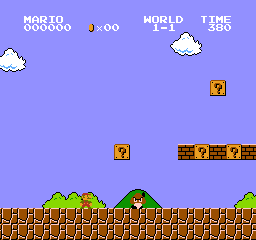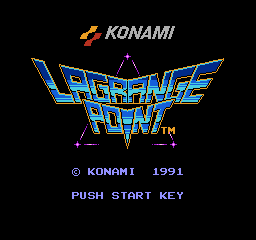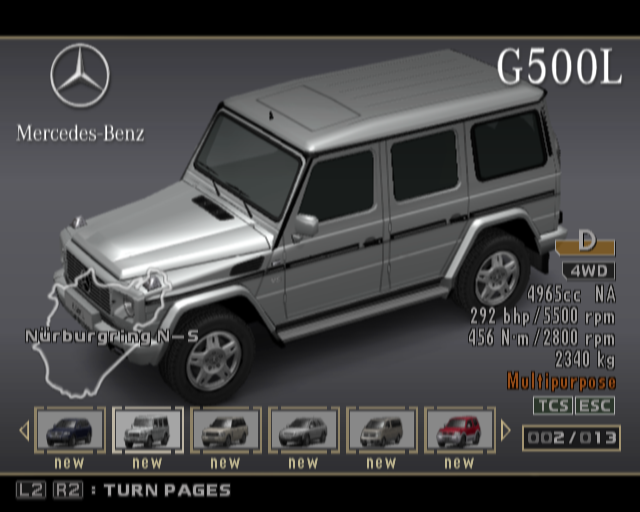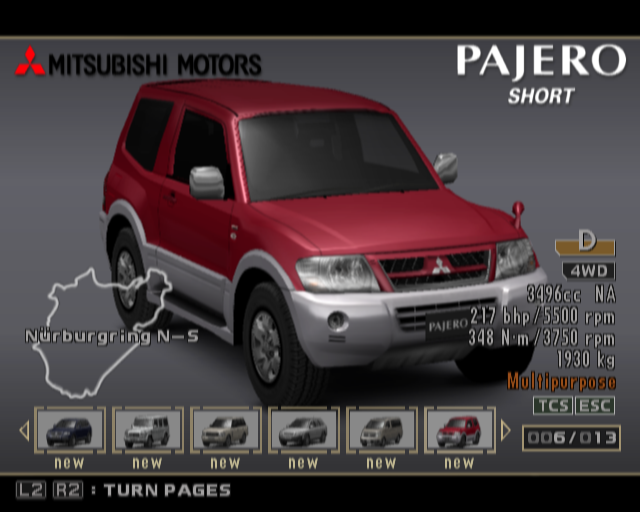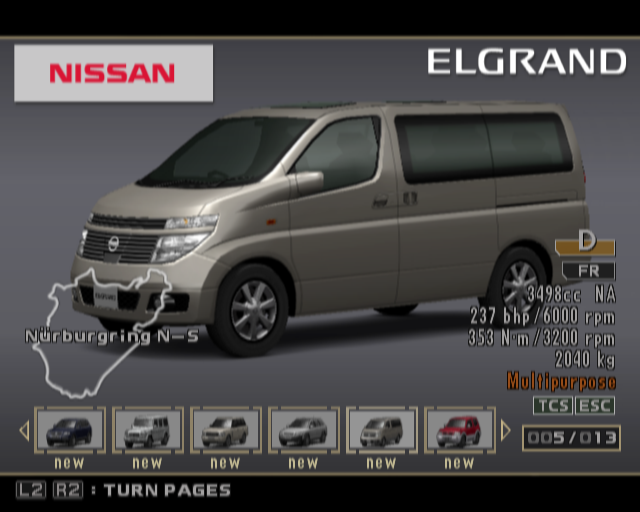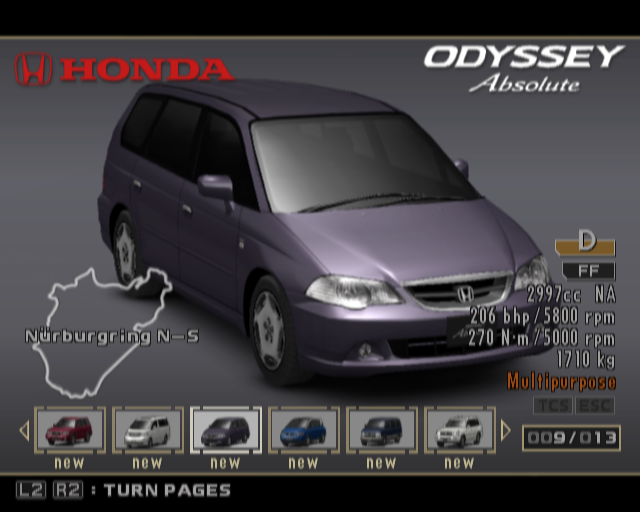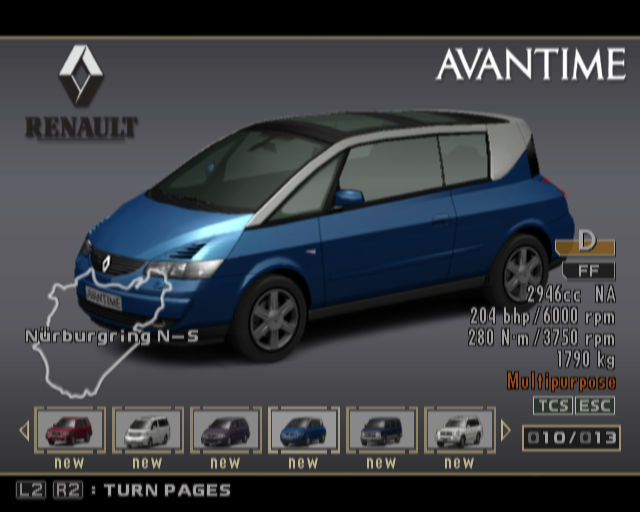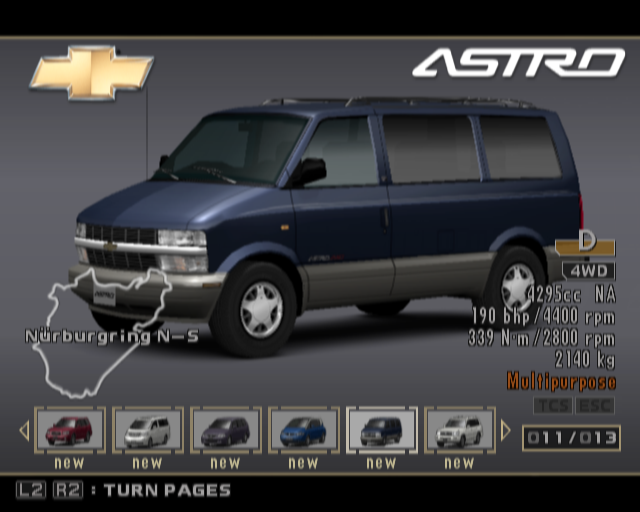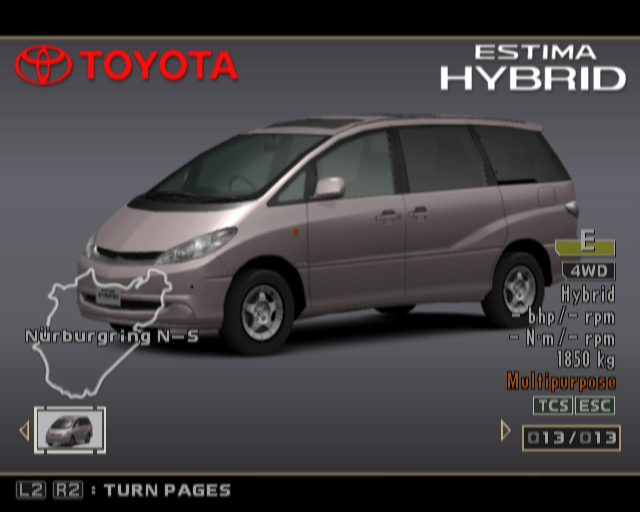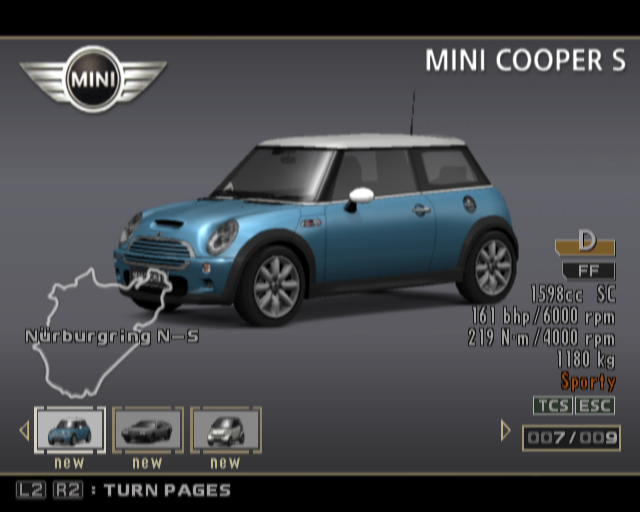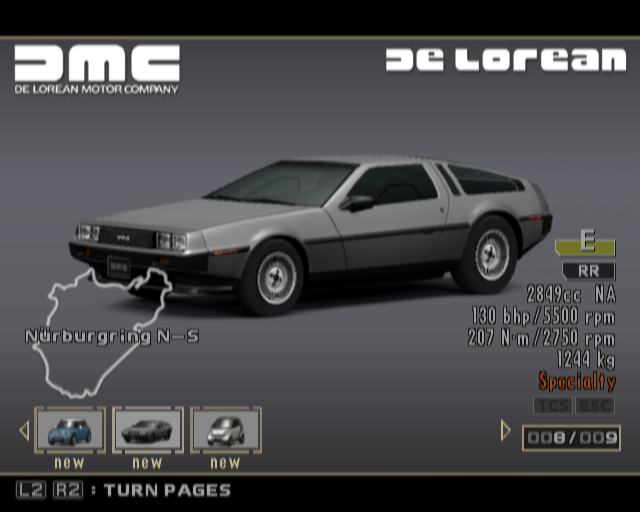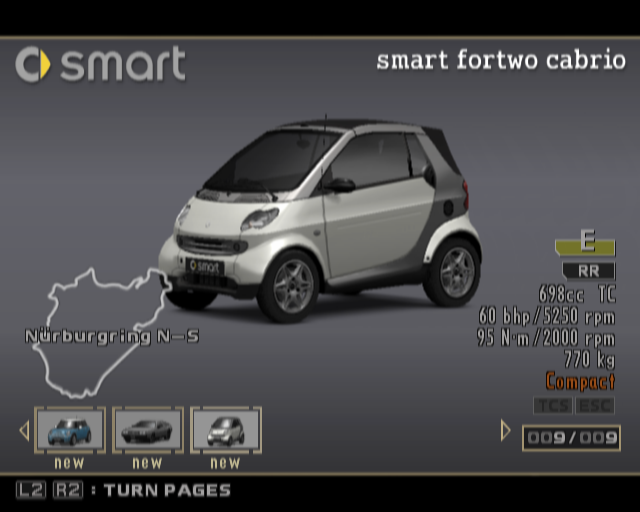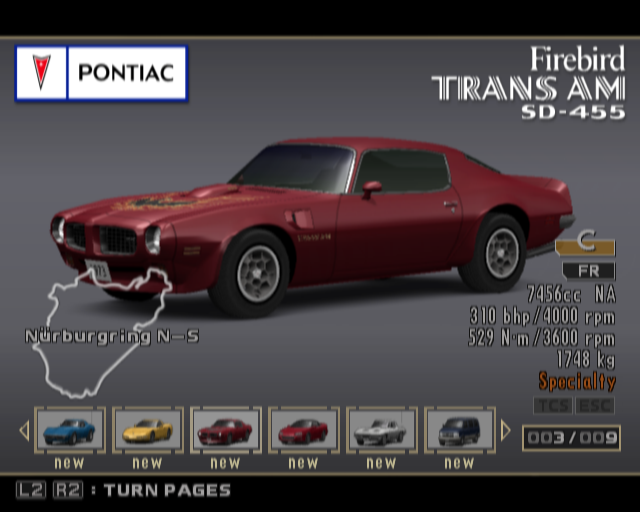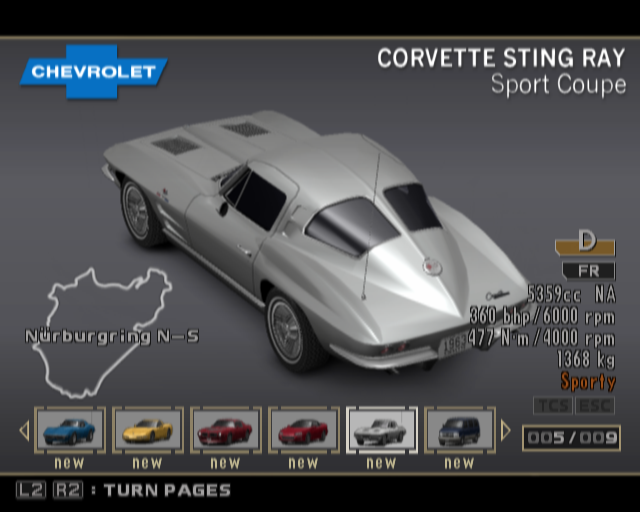Sioux City Crash
In July 1989, a DC-10 chartered by United Airlines, Flight 232, crash-landed in Sioux City after a disastrous loss of all hydraulics rendering the plane uncontrollable. One-hundred and twelve souls lost their lives in that accident considered one of the worst air disasters in US history. The hydraulic fluid, which actuates the flight controls based on pilot input, leaked out after an uncontained failure of the tail engine severing the lines.
The hopeless last moments of United Airlines Flight 232
One off-duty training captain, joined the cockpit after hearing the explosion from the back. Through experimentation, he discovered that by manipulating the throttle controls, he could control the plane slightly and attempt a safe landing. While everything seemed under control, at the last seconds before impact at Sioux Gateway Airport, the plane banked hard and flipped over and burst into flames.
The terrifying final moments of JAL123 recorded on CVR.
Japan Airlines 123 Disaster
Four years before, in August 1985, Japan Airlines 123, was the subject of the world’s worst single aircraft disaster in aviation. An improper repair of the rear bulkhead caused it to rupture after several cabin pressurization cycles over hundreds of flights and slowly tore the rear tailfin. All the hydraulic pipes ran through the tail and their breakage caused again, all the hydraulic fluid to leak leading to the subsequent loss of all flight controls.
Again, the pilots followed the technique of the Sioux City flight. They wanted to fly back to Haneda airport but despite all the heroic efforts to control the plane for an incredible 30 minutes, fate was against them and they crashed into the mountains near Mount Fuji. As the single worst aircraft crash in history, 505 people lost their lives.
DHL Takedown
It seemed at this point that the aviation industry still didn’t learn their lessons after two similar crashes. Years later, in 2003, a DHL Airbus A300 cargo took off from Baghdad, Iraq towards Bahrain and shortly got hit from by a man-portable surface-to-air missile from Fedayeen terrorist group. It struck the left wing causing damage to it and subsequent fuel leak. The hydraulic lines ran through the damaged wing and all three leaked and failed. Again, the pilots lost all flight controls.
Captain Éric Gennote was forced to improvise again using the same technique as in the previous incidents. He managed to turn back to the airport but had to make two approaches because the first final was too close. As an incredible feat of flying, they managed to land the plane safely with a damaged wing, leaking fuel and no flight controls though they went off the runway. It was the first instance of a plane crippled by lost hydraulics managing to land safely at an airport without injury.
Other Incidents of Flight Control Failure
Many more incidents occurred over aviation history counting over a dozen. Wikipedia lists a comprehensive compilation of these types of incidents.
Throttle Only Control
All the pilots in the flights above learned that by controlling the throttles they could slightly control the plane with throttle commands alone. To climb, more power would be needed to increase the speed of the plane thus increasing lift. To descend, the opposite would be done dropping lift. Turning was done through asymmetric adjustment of the throttles while the engine with more power would cause the plane to lift from that side to turn in that direction.
However, despite the effectiveness of said technique, the flight paths tended to be erratic with constant pitching movements would cause a phugoid cycle. The plane would climb until it lost enough speed and pitch down and lose altitude. During the descent, the plane would gather up speed until it started climbing again. This rollercoaster ride made it hard to stabilize the aircraft and be the cause of quite the terrifying maneuvers.
An amazing demonstration of a flight control-free landing in a simulator.
PSX Simulation
The developer of Aerowinx PSX, a Boeing 747 flight simulator, has created an excellent demo where they manage to control an aircraft with only throttle commands. As seen in the video on the side, we can see the first landing attempt to be aborted (go-around) only to return back for another approach and make a successful landing. While this is only a simulation, it shows that it is possible to control an aircraft without flight surfaces and only throttle control instead.
PCA Tests
Little did these pilots know, there was already software in development that would save the plane in cases like these. In 1993, NASA with the cooperation of McDonnell-Douglas, managed to create a system that would control and land the aircraft safely without any flight controls. It was dubbed Propulsion Controlled Aircraft (or PCA). The principle was similar to what the pilots in the mentioned incidents above attempted to do (by moving the throttles up and down) but done so systematically and automatically. However, since the system was run by software, it could be more precise and generate a more stable flight.
It was first implemented on an F-15 tested in the Dryden Facility and was demonstrated to safely land the plane that looked exactly like a normal landing. The increased stability was dramatic and the increase in control would be impossible to replicate by even the most skilled of pilots. They also tested the system on a passenger MD-11 aircraft with similar results. The MD-11 has its third tail engine set at idle to mimic the more common two-engine configuration found on most aircraft.
NASA’s demonstration of PCA
The system works through the autopilot with the pilots setting the heading, altitude and vertical speed that they desire and instead of manipulating the trim and flight controls, it would send the commands to the engines. No new sensors would need to be installed simply relying on the already existing ones.
PCA had an excellent success rate and landings were not only survivable but looked a lot like a normal landing. In fact, with PCA, I believe that none of the above accidents would have ever happened ending up being but a short NTSB report.
FAA Rejection
To me, the system seemed like a really trivial installation and with the software already developed, not very costly. However, the future of the technology was looking bleak. From Bill Burcham’s rough sketch to a prototype fully developed along with engineer Tom Wolf at NASA, lead to a system that seemed integral to future aircraft. However, that did not happen.
The FAA which oversaw the project concluded that it wasn’t financially worthwhile to implement such system. Their reasoning was that complete hydraulic loss was so rare, 1 in 100 million, that it wasn’t worth installing PCA onto the aircraft of the future. Enthusiasts of the technology such as Dave Hayes, from the Airline Pilots Association, and Dennis Fitch, one of the captains who survived the Sioux City crash, were thoroughly disappointed when this technology was thrown out.
Conclusion
No matter how rare that such incident apparently is, it’s happened so many times in aviation history. We can’t say it’s unlikely anymore. The 632 people who died from said failures certainly agree. Aviation is known to be the pinnacle of safety but recent times have shown that manufacturers have chosen a culture of profits and the consequences might cause even more incidents. Isn’t it enough that I mention the MCAS on the Boeing 737 MAX that resulted in the destruction of two aircraft and hundreds of deaths?
The above flights have been dramatized by the excellent Mayday documentary series:


